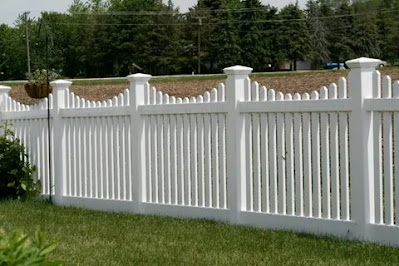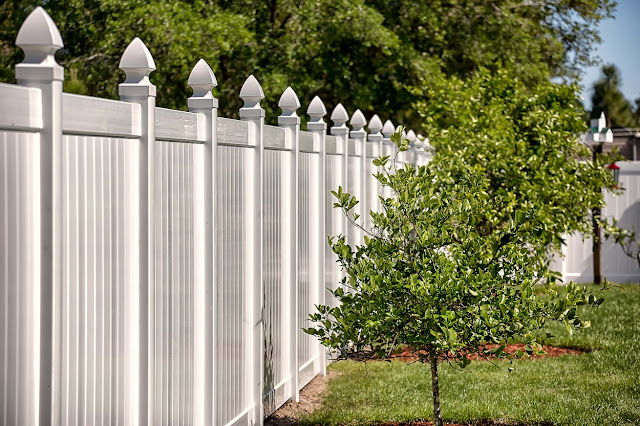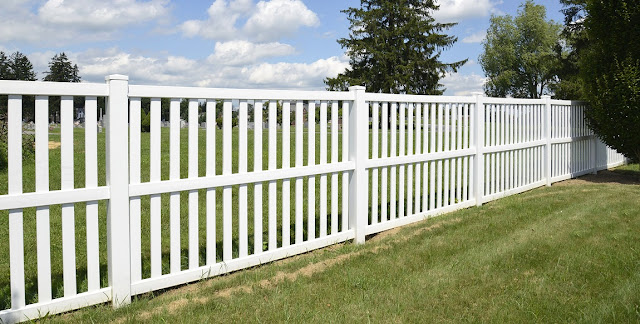You live in a modern, urban environment where everything from the Internet to cell phones to computers has access to high-tech Wi-Fi networks and streaming video. You probably have a smartphone with which you’re able to check the latest news, look up directions and schedule appointments without an hour or two of waiting in line at a coffee shop. But what you may not know about your iPhone is that it can also be used as a sieve — a filter — when it comes to cleansing your home from water damage. In this blog post, we’ll explain exactly how to spot water damage on your Patriot Fence and how you can stop it from ruining your home.
What is water damage, and when does it occur?
Water damage is a result of water flow into your home from any source, be it a leaky faucet, a broken water heater or a blocked sewer pipe. The amount of water damage depends on the source and how long it’s been present, but in general, water damage can reach catastrophic proportions if not remedied promptly. Once the water has got inside your home, mould, bacteria, mildew, and other harmful microorganisms can grow and cause health risks such as asthma attacks, heart disease, diabetes and other metabolic diseases.
It’s important to note that many types of water damage, including water heater and pipe damage, can occur without your knowledge or even a drop of water inside your home. If you notice any of the following on your fence, it’s a good idea to contact a fence construction professional as soon as possible: graffiti, broken glass debris and grime visible from a distance, foul-smelling liquid moth holes, water tracks in the groundwater damage is a serious matter and can have serious long-term impacts on your home.
If your Patriot Fence starts to look blotched or chipped after a certain age, or if you notice the fabric starting to dry out and crack, it’s probably time to fix it. You can also hire a contractor to perform the repairs for you, though this is often a more costly option.
Signs of Water Damage on Your Fence
Water damage can look remarkably similar on different types of fences, so it’s important to know what to look for. Here are some of the most common signs of water damage on fences:
Moth holes — Moth holes are tiny air cavities in the ground that can result from a number of things, including over-cultivation of the soil and overuse of insecticides. If you notice small holes around your fence, it’s likely a result of over-or under-weeding. Over-weeding is the result of not mowing the lawn, which results in leaves and other plants being attracted to the ground and allowed to grow higher than necessary. Moth holes are tiny air cavities in the ground that can result from a number of things, including over-cultivation of the soil and overuse of insecticides.
Water damage indicator — Another way to tell if water is leaking is by checking for moisture. If the soil is soggy or watertight patches remain on the ground, it’s likely that water is leaking somewhere in your home. Another way to tell if water is leaking is by checking for moisture. If the soil is soggy or watertight patches remain on the ground, it’s likely that water is leaking somewhere in your home.
Moisture sensors — You can also check for moisture in your roof shingles by holding your hand about three-quarters of the way down the roof surface. If you feel moisture, there’s a high chance that the shingle is rotting.
How to Stop Water Damage from happening in the First Place
It’s important to remember that water damage is a preventable condition. The main thing you can do to avoid water damage is to make sure you have an efficient water heater and plumbing system. If your water heater gets too hot or too cold, it may result in water damage. Similarly, if your plumbing system gets too old or badly connected, it may lead to water damage. If you’re experiencing water damage, the first step is to get it assessed by a contractor. This will enable the expert to properly repair the underlying cause of the damage and prevent it from recurring. Once the cause of the damage is identified, you can take the following steps to stop it from happening again:
Use a water leak detector — This is the best way to prevent water damage. It’s able to detect both water and air leaks. You can purchase these devices from home improvement stores or online. This is the best way to prevent water damage. It’s able to detect both water and air leaks. You can purchase these devices from home improvement stores or online.
Don’t ignore water damage — Although water damage is a rare occurrence, you should still be aware of its signs and take steps to stop it from happening. This includes closing doors and windows and turning off the water heater when you’re not in the house. Your water leak detector should indicate when the water has been shut off. Although water damage is a rare occurrence, you should still be aware of its signs and take steps to stop it from happening. This includes closing doors and windows and turning off the water heater when you’re not in the house. Your water leak detector should indicate when the water has been shut off.
Put water damage remediation in the hands of a professional — If you’re not able to solve the underlying problem, such as a faulty water heater, that’s when contractors come in. They’ll be able to determine the source of the water damage, repair any damage and then ensure that water won’t reach the general flammability rating on your roof.
Over time, water damage will do more and more damage to your fence.
As your home’s age grows, so does its structural integrity. Over time, simply having a few drops of water inside your home can slowly but surely wreak havoc on your fence. Over time, the water, combined with soil, can rot and decompose your fence material, leaving it weakened and less durable. The best way to prevent this from happening is to maintain your Patriot Fence as if it were a permanent structure. This means regular screening, which stops water from getting in and out of your house, and proper fence post and wire maintenance.
















